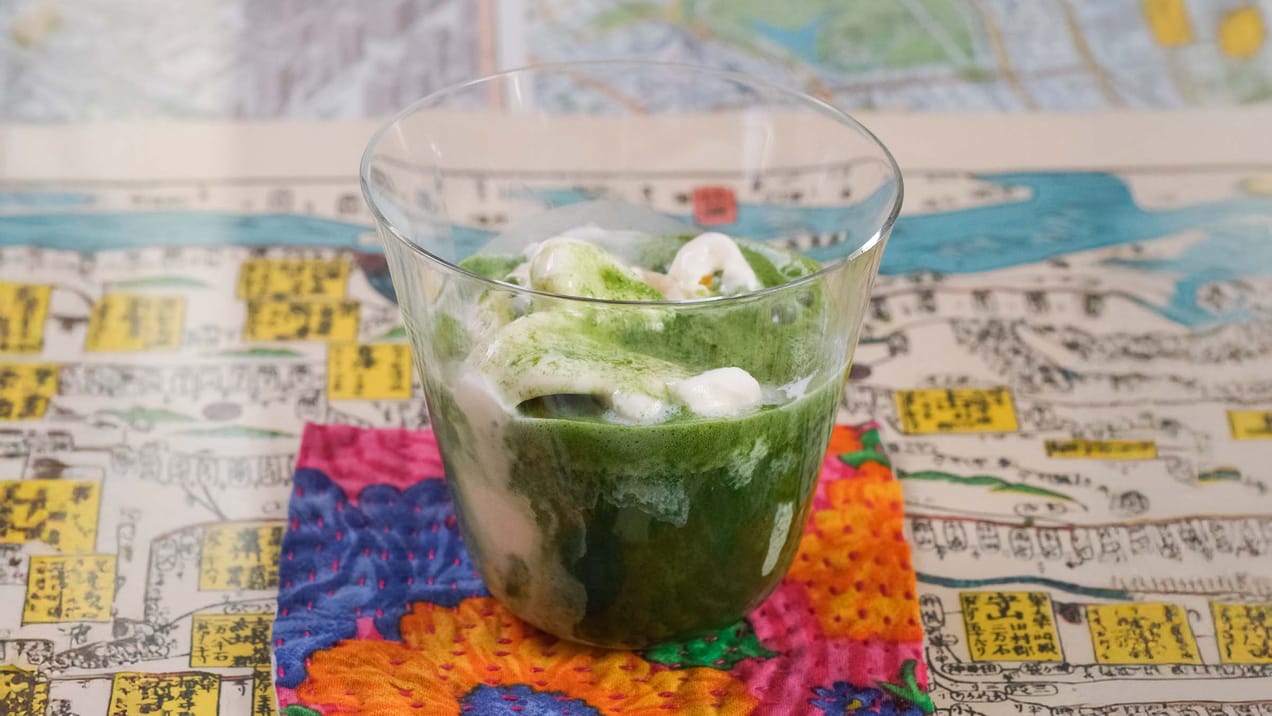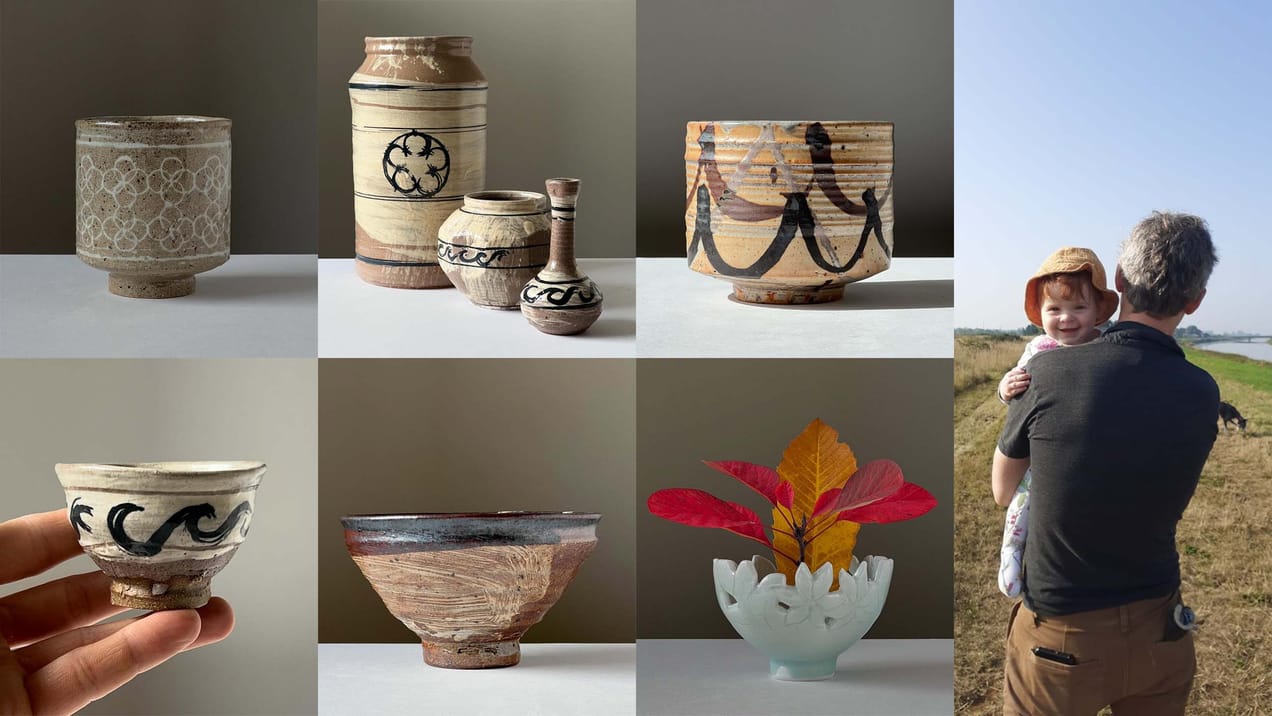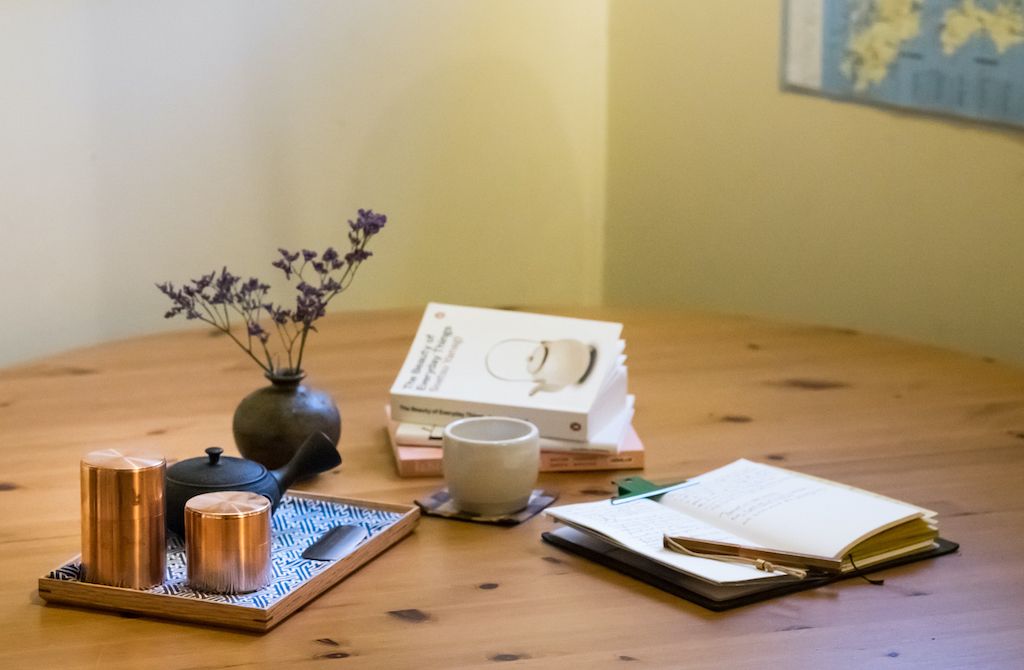
Teachings from Japanese craftsmanship: what is enough?
This essay has been adapted from a short talk I gave at the Grande Finale of the House of Beautiful Business in Lisbon on November 6th, 2019 (watch the video).
In March of this year I quit my job. I was feeling exhausted physically and mentally, and there was something else. For years I have been travelling all over the world to meet the most interesting creatives working in digital, and many of us were sharing the same symptoms. We were living from our neck up, heavily identifying with our brains and disconnected from the rest of our bodies and senses. With over 100 million neurons in our gut, a “gut feeling” is more than just a saying. We’re also disconnected from the people around us, despite having so many digital ways to interact with them, and from nature and the seasons.
I lived in Japan back in 2008, and since then I’ve been fascinated by Japanese craftsmanship. A few years ago, I started a side-project to explore the people and the stories behind the work (check out The Craftsman Newsletter). The more I looked into it, the more it seemed that these men and women had already found a way to counterbalance many of the struggles of the times we are living in. With my newly found free time, I decided to double down on the research of what we could learn from Japanese craftsmen to improve how we live and how we work.
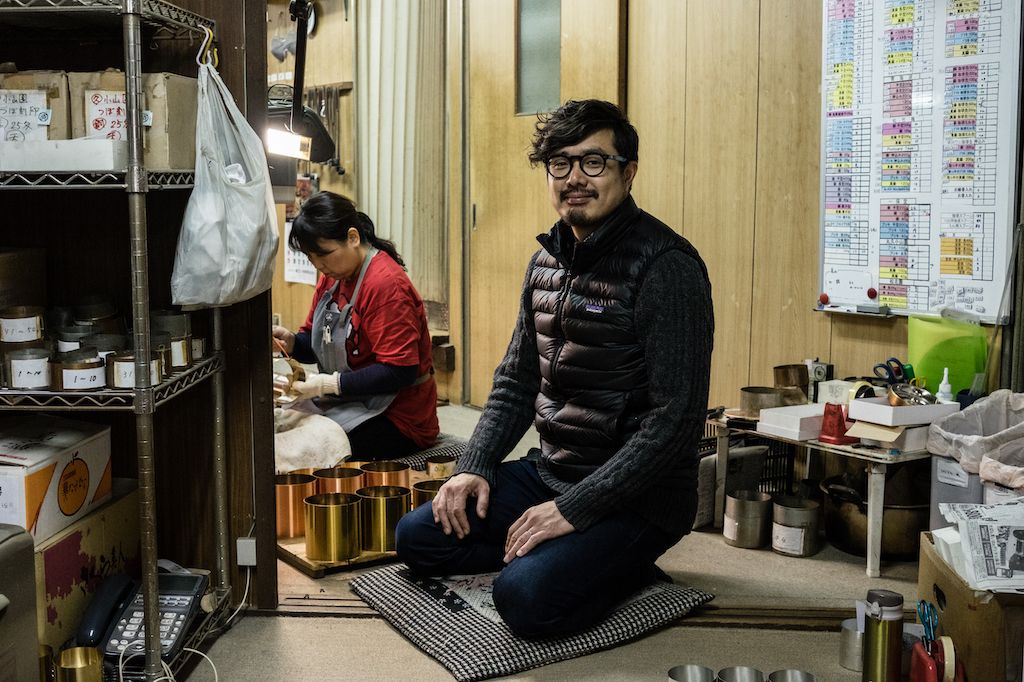
Take for example Takahiro Yagi, a 6th generation master craftsman that makes tea caddies, those airtight metallic containers used to keep tea leaves fresh. The first time I came across Taka’s work, about 7 years ago, I was impressed not just by the workmanship that went into the object, but by how they were made to become better with time. A newly minted tea caddy is beautiful. However, a 10 or 40 year old one is significantly more attractive, with a gorgeous patina made by oxidation and usage over time. This was not a random occurrence, it was intended by design. It got me thinking about what of my own work – if any – will be around in forty years from now, and if it will have become more beautiful at all.
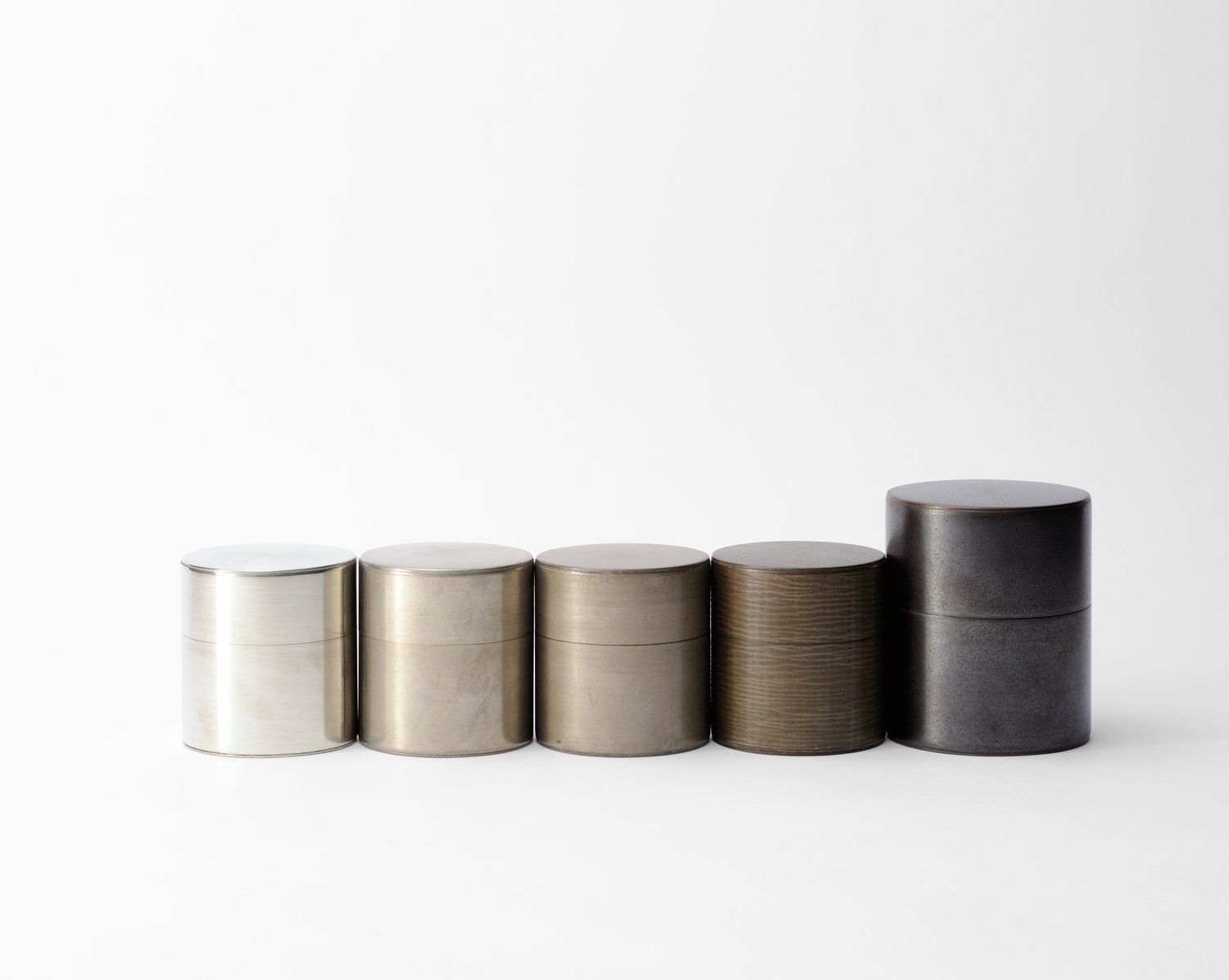
But you see, while Taka’s work is rooted in a long lasting tradition, he is not a person living in the past. Last month he launched a new product – a portable speaker – in collaboration with Panasonic, using his expertise in metalworking and a deep understanding of how air flows, and Panasonic’s electronics know-how.
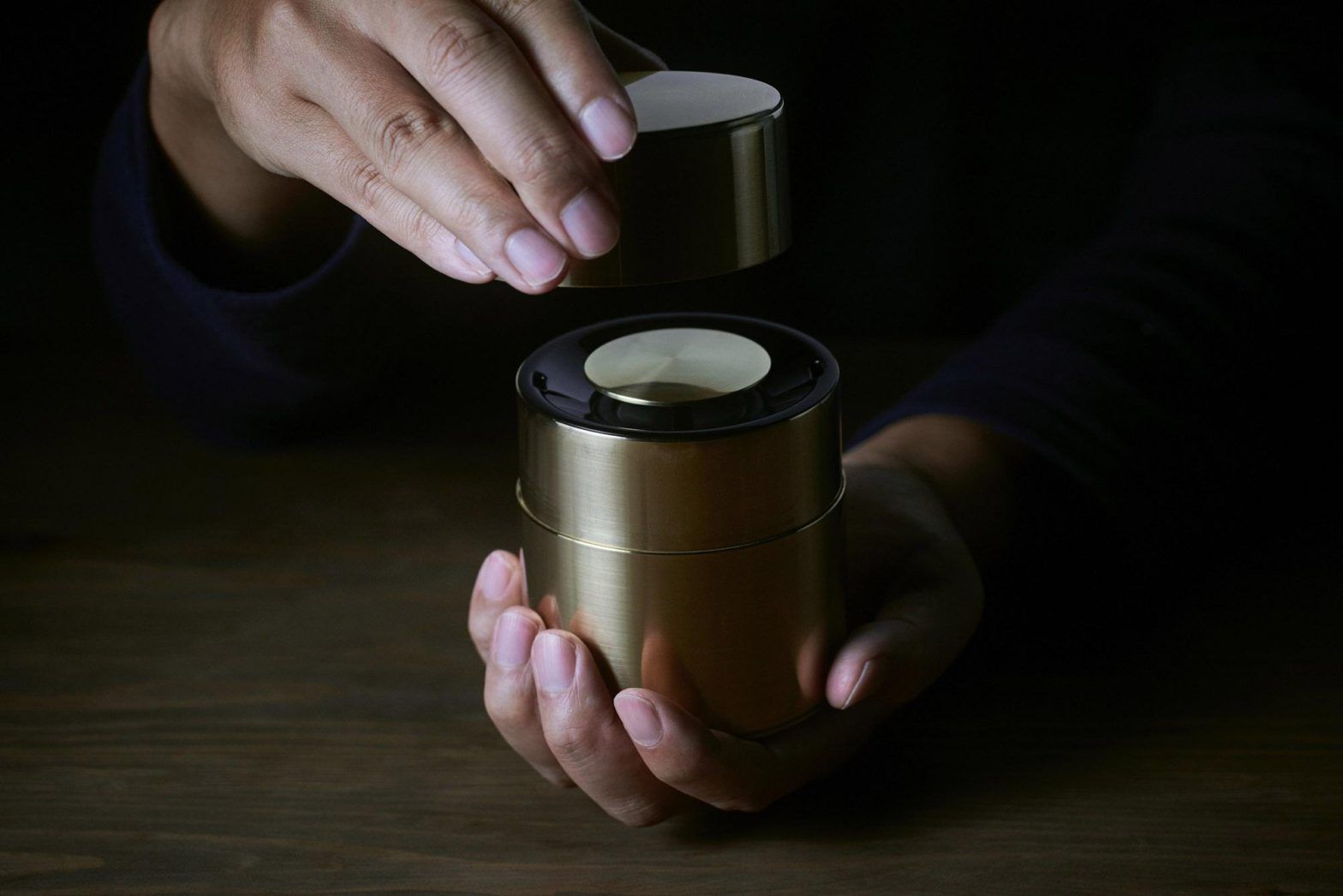
And if you notice how the tea caddies slowly close with that satisfying “fuuup” made by the displacement of air between the lid and the body of the container, you’ll understand what inspired Steve Jobs in the design of the iPhone’s box.
Now, when you think about Japanese craftsmen – the shokunin – you probably imagine a person who dedicates their whole life to doing one thing extremely well. While this is often true (but not necessary, I’ve met plenty of shokunin who found their calling later in life), the Japanese master craftsmen have more depth than that. The goal of my research is to bring light to these dimensions and find ways to make them part of our own way of living and working.
So far I’ve identified about eight different characteristics beyond being very good at what you do, and I want to share three of them with you.
We Do Not Work Alone
The first one is, in the words of the famous potter Kanjiro Kawai, that “we do not work alone”. Recognising that we don’t – and can’t – work alone has a humbling effect. We cannot manifest our gifts in a vacuum, our work depends on the many systems that we belong to. Spiritually, we draw inspiration and ideas from those that came before us. Then, there’s the material systems which support our own effort, in the form of tools and processes made by others, or elements and raw materials provided by nature. Finally, there’s a social system made by colleagues, clients, the people around you. You need them to be you, and to be able to share back your magic with them. We need others to thrive and shine. We do not work alone.
Passing On The Knowledge
The second dimension I want to share is that of passing on the knowledge. Master woodworker Shuji Nakagawa, a third generation shokunin and son of a Living National Treasure, once told me that it takes more than a lifetime to refine one’s work. For a shokunin, success is defined not just by the level of the craft achieved within their days, but by the ability to pass it on to the next generation. It’s not about you, you’re not the hero.
I Only Know Plenty
The third principle I want to leave you with today is one that I reflect on often, and has changed how I see the world. These days we’re obsessed with scale and growth at all costs (and in nature the only thing that follows that dynamic is cancer). We’re binge-watching shows online, we’re hoarding stuff, we can’t seem to be satisfied by what we have and are constantly craving for more. The question that arises — and is common to most of the Japanese craftsmen I’ve been meeting through my research — is: What is enough? And the answer is about contentment, rooted in the buddhist teaching Ware Tada Taru wo Shiru (吾 唯 足 知) — I only know enough, I am content with what I have because that is all I need.
What is enough? How much do I need to achieve to be content? How many hours do I need to work? How much time do I want to share with my loved ones? How much do I need to eat to be satisfied? And so on. Our life is made of all these singular moments, and how we approach them, how we reflect on these things could — maybe — help us to reconnect with the rest of our body from the neck down, with the communities we belong to, with nature and the natural cycles.
So the only thing I want to leave you with is Taru wo Shiru: What is enough?
Thank you.

